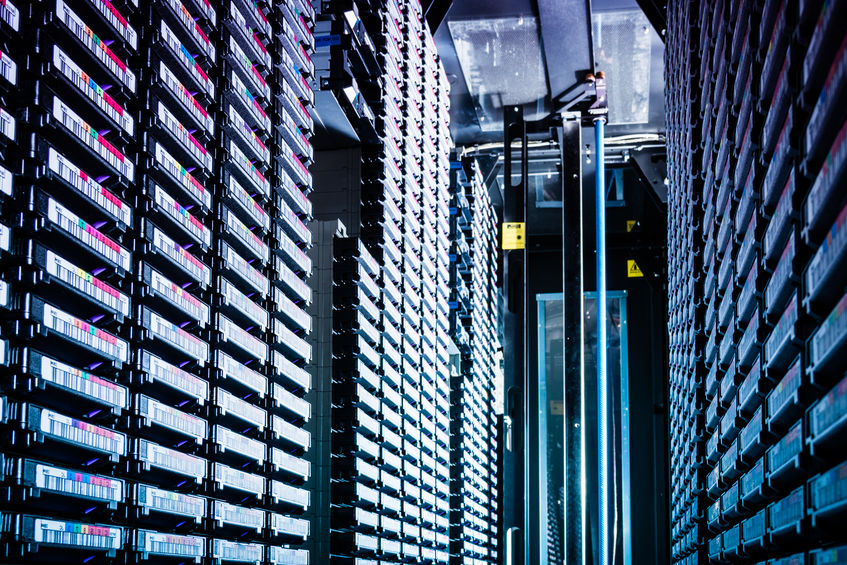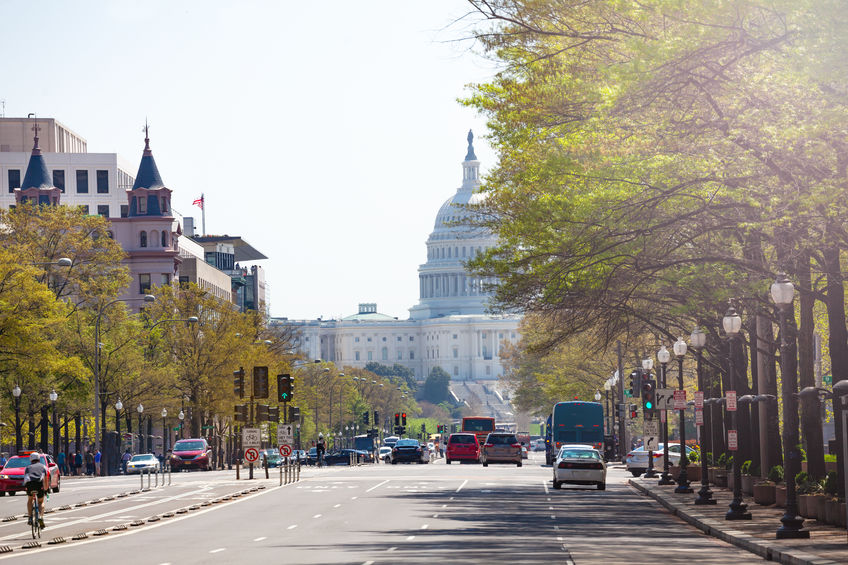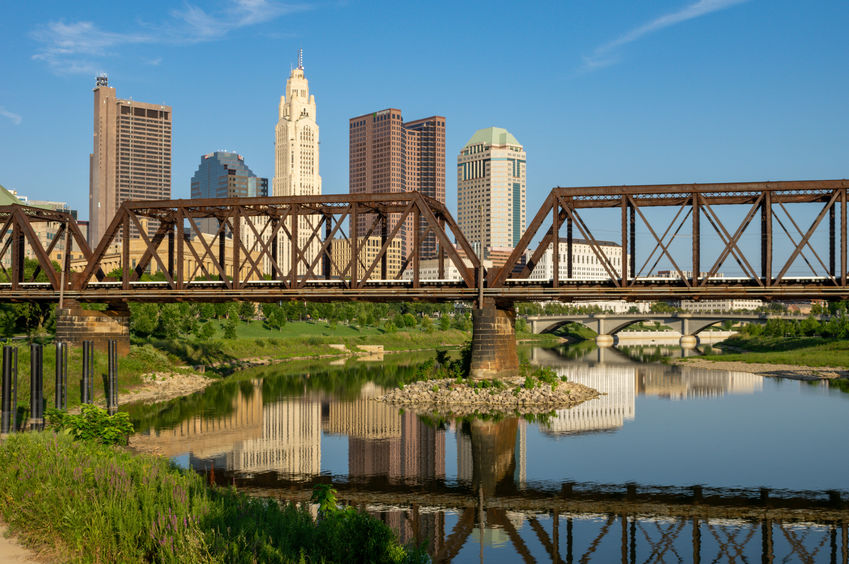 Hyatt Regency Indian Wells announced in 2024 that it was rebranding to Grand Hyatt Indian Wells Resort and Villas amid a $64 million renovation. Later that year, the Coachella Valley resort reopened to the public, complete with significantly more amenities and an overall more luxurious vibe. The updates included redesigned guest rooms, luxury villas, an expanded lobby, refurbished meeting and event spaces, new restaurants, and a reimagined pool complex. Continental Contractors oversaw the construction work.
Hyatt Regency Indian Wells announced in 2024 that it was rebranding to Grand Hyatt Indian Wells Resort and Villas amid a $64 million renovation. Later that year, the Coachella Valley resort reopened to the public, complete with significantly more amenities and an overall more luxurious vibe. The updates included redesigned guest rooms, luxury villas, an expanded lobby, refurbished meeting and event spaces, new restaurants, and a reimagined pool complex. Continental Contractors oversaw the construction work.
The Grand Re-Opening Event
Near the end of 2024, Grand Hyatt Indian Wells held an official grand re-opening party for select guests. The event featured self-guided tours for invitees, a glitzy party, multiple performances, and high-end meals. Guests were treated to food from the property’s two signature restaurants helmed by a world-famous chef, a showcase of the new, spacious villas, and views from the penthouses.
The New Amenities at Grand Hyatt Indian Wells
Guest Rooms, Suites, and Villas
Southern California firm IndiDesign oversaw the design work of the resort’s 531 guest spaces. That included 39 suites and 43 one-and-two-bedroom private villas. Grand Hyatt Indian Wells offers guests large rooms, with at least 550 square feet of living space. They have the option of choosing rooms with one king bed, two king beds, full-sized bunkbeds, among other options. Each room has its own multi-functional living space, private patio/balcony, and a spa-inspired bathroom.
The suites, meanwhile, are designed with families and groups in mind. They include a separate living area with a sleeper sofa, a wet bar with a full-size refrigerator, and microwave, and dual private balconies that overlook the golf course, resort grounds, pool, and surrounding mountains. Patios on the ground floor suites offer convenient pool access.
The resort’s new luxury villas offer a private backyard with a hot tub, plunge pool, and firepit, as well as a kitchenette with refrigerators. You’ll also receive access to an adults-only spa, golf cart escorts around the property, and a dedicated concierge who will provide effortless service throughout the stay.
Dining
The Grand Hyatt Indian Wells features two new restaurants, helmed by accomplished Chef Angelo Sosa, Tia Carmen and Carmocha. Sosa has opened several restaurants across the United States, including the original Tia Carmen in Phoenix. This location will also pay homage to the chef’s Aunt Carmen while celebrating the local landscape, farmers, and community of the Southwest with mix of tradition and modernity.
Carmocha, meanwhile, is a new concept. It reimagines global small plates from the perspective of the chef’s Aunt Carmen, if she had been able to travel the world and come back with her own spin on the international flavors she experienced. Meanwhile, the resort has enhanced its lobby marketplace to provide several all-day casual culinary offerings, both of the grab-and-go and sit-down variety. There’s a coffee bar, selection of teas, sandwiches, other snacks, as well as wine and beer.
Gathering Spaces
The resort is already a top destination for events in Greater Palm Springs, offering 88,000 square feet of indoor and outdoor function space. The ballrooms, meeting rooms, and boardrooms have all been revitalized. They give way to terraces and lawns that offer guests remarkable views. Meanwhile, the mezzanine level includes additional meeting and event space, perfect for any moment or milestone.
The New Pool Experience
The Grand Hyatt Indian Wells newly renovated pool experience features a spacious outdoor recreation area with expanded cabanas ideal for families and large groups. Guests can enjoy new dining options such as a food truck that serves pizza and other signature Italian food and a refreshed café, offering poolside favorites. However, the main attraction may be the largest waterpark in the Greater Palm Springs desert, HyTides. It includes nine expansive pools, a set of 30-foot high waterslides, a 450-foot lazy river, and an expansive splash pad.
At Construction Protection Systems, we’re proud to have played a small part in development of the Grand Hyatt Indian Wells Resort and Villas. Stay tuned for more updates from the makers of 1-2-3 Door Shield—the original, reusable door protection system.

 EdgeCore Digital Infrastructure recently hit a major milestone on the way to the opening of PH02 Data Center in Mesa, Arizona. On Dec. 4, 2024, the company celebrated the “topping out” of the construction project. They were joined by Holder Construction, who oversaw the project. This event marked the completion of the structural framework of what is slated to be a cornerstone of technological achievement in the region. The center is expected to be fully operational in 2026.
EdgeCore Digital Infrastructure recently hit a major milestone on the way to the opening of PH02 Data Center in Mesa, Arizona. On Dec. 4, 2024, the company celebrated the “topping out” of the construction project. They were joined by Holder Construction, who oversaw the project. This event marked the completion of the structural framework of what is slated to be a cornerstone of technological achievement in the region. The center is expected to be fully operational in 2026. The University of Florida’s New Undergraduate Residential Complex with Honors College was recently fully completed. The dorm complex is now the largest on campus, with the ability to house more than 1,400 students. It’s the result of a planning process that dates back more than six years. The journey from the vision to build new student housing to completing a state-of-the-art facility began back in 2018.
The University of Florida’s New Undergraduate Residential Complex with Honors College was recently fully completed. The dorm complex is now the largest on campus, with the ability to house more than 1,400 students. It’s the result of a planning process that dates back more than six years. The journey from the vision to build new student housing to completing a state-of-the-art facility began back in 2018.
 Students at the University of Georgia are set to begin to their second semester of instruction and collaboration in a newly renovated chemistry building. The spruced-up structure is just one part of a multi-phase plan to modernize the research and instruction facilities on the school’s Science and Ag Hill.
Students at the University of Georgia are set to begin to their second semester of instruction and collaboration in a newly renovated chemistry building. The spruced-up structure is just one part of a multi-phase plan to modernize the research and instruction facilities on the school’s Science and Ag Hill. For the past three semesters, students, faculty, and staff from Johns Hopkins School of Advanced International Studies have learned, taught, and completed research at the Hopkins Bloomberg Center. This new academic building is located at 555 Pennsylvania Avenue in the heart of Washington D.C., allowing the prestigious Baltimore-based university to establish a foothold in the nation’s capital. The process to make this happen started with a fairly noteworthy closure announcement more than five years ago.
For the past three semesters, students, faculty, and staff from Johns Hopkins School of Advanced International Studies have learned, taught, and completed research at the Hopkins Bloomberg Center. This new academic building is located at 555 Pennsylvania Avenue in the heart of Washington D.C., allowing the prestigious Baltimore-based university to establish a foothold in the nation’s capital. The process to make this happen started with a fairly noteworthy closure announcement more than five years ago. The Academic Village at UC Law San Francisco has a luxurious new addition: The Academe at 198. This mixed-use building features housing for students, faculty, and staff, in addition to academic space. The school, formerly known as Hastings College of Law, has brought together students and professionals from across the Bay area to work and live in this Downtown San Francisco collaborative space. This project was just one part of a multi-phase plan to expand the school’s “Academic Village.”
The Academic Village at UC Law San Francisco has a luxurious new addition: The Academe at 198. This mixed-use building features housing for students, faculty, and staff, in addition to academic space. The school, formerly known as Hastings College of Law, has brought together students and professionals from across the Bay area to work and live in this Downtown San Francisco collaborative space. This project was just one part of a multi-phase plan to expand the school’s “Academic Village.”  The City of Nashville has seen consistent growth and new construction over the past decade and the South of Broadway (SoBro) District is no exception. One recent example is the Four Seasons Hotel and Private Residences, which opened nearly two years ago. This luxury complex adds yet another layer of beauty and sophistication to this thriving neighborhood. The incredibly large structure took more than three years to complete and is now a staple in the SoBro Neighborhood.
The City of Nashville has seen consistent growth and new construction over the past decade and the South of Broadway (SoBro) District is no exception. One recent example is the Four Seasons Hotel and Private Residences, which opened nearly two years ago. This luxury complex adds yet another layer of beauty and sophistication to this thriving neighborhood. The incredibly large structure took more than three years to complete and is now a staple in the SoBro Neighborhood. The Junto – the first independent hotel in the city of Columbus, Ohio – has provided a gathering space over the past year-plus in a historically underdeveloped neighborhood. It’s not designed like most other hotels, providing a place for people to come together rather than just a place to stay, and it’s become a major part of the
The Junto – the first independent hotel in the city of Columbus, Ohio – has provided a gathering space over the past year-plus in a historically underdeveloped neighborhood. It’s not designed like most other hotels, providing a place for people to come together rather than just a place to stay, and it’s become a major part of the  The Kiewit Luminarium is the jewel of Omaha’s ongoing reimagining of its Riverfront. The new science center opened just over a year ago and has been in the business of educating and entertaining people of all ages ever since. This impressive structure is the result of multiple years of planning and construction. In that time, key stakeholders came together to create an environment that has been
The Kiewit Luminarium is the jewel of Omaha’s ongoing reimagining of its Riverfront. The new science center opened just over a year ago and has been in the business of educating and entertaining people of all ages ever since. This impressive structure is the result of multiple years of planning and construction. In that time, key stakeholders came together to create an environment that has been
Recent Comments